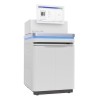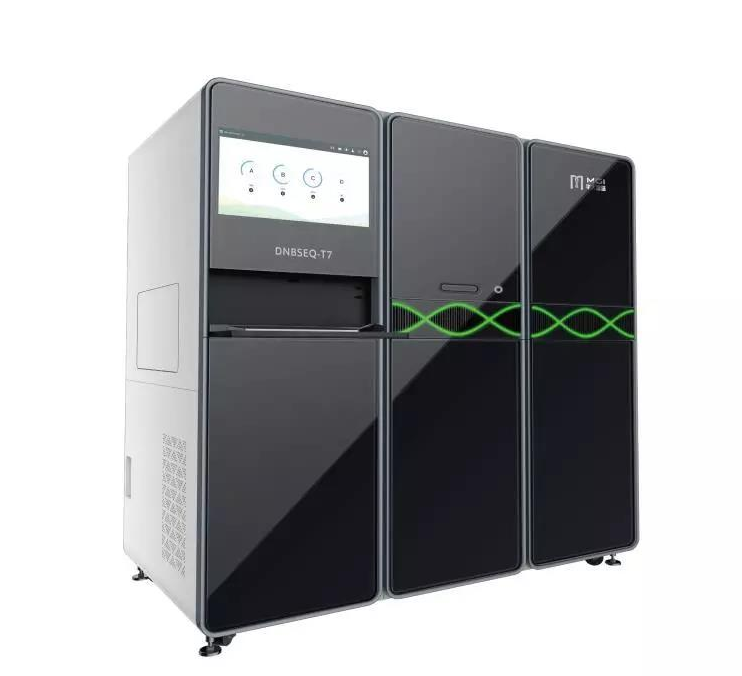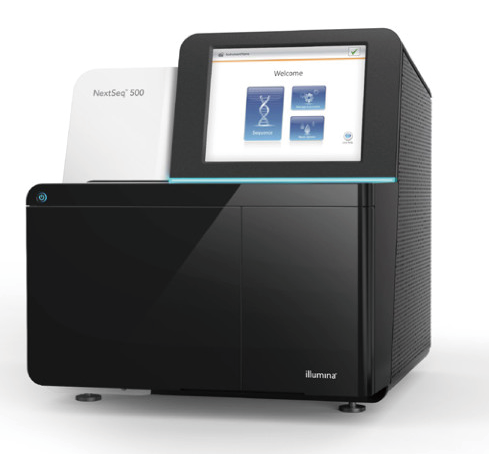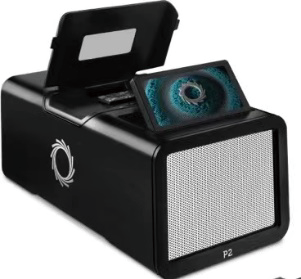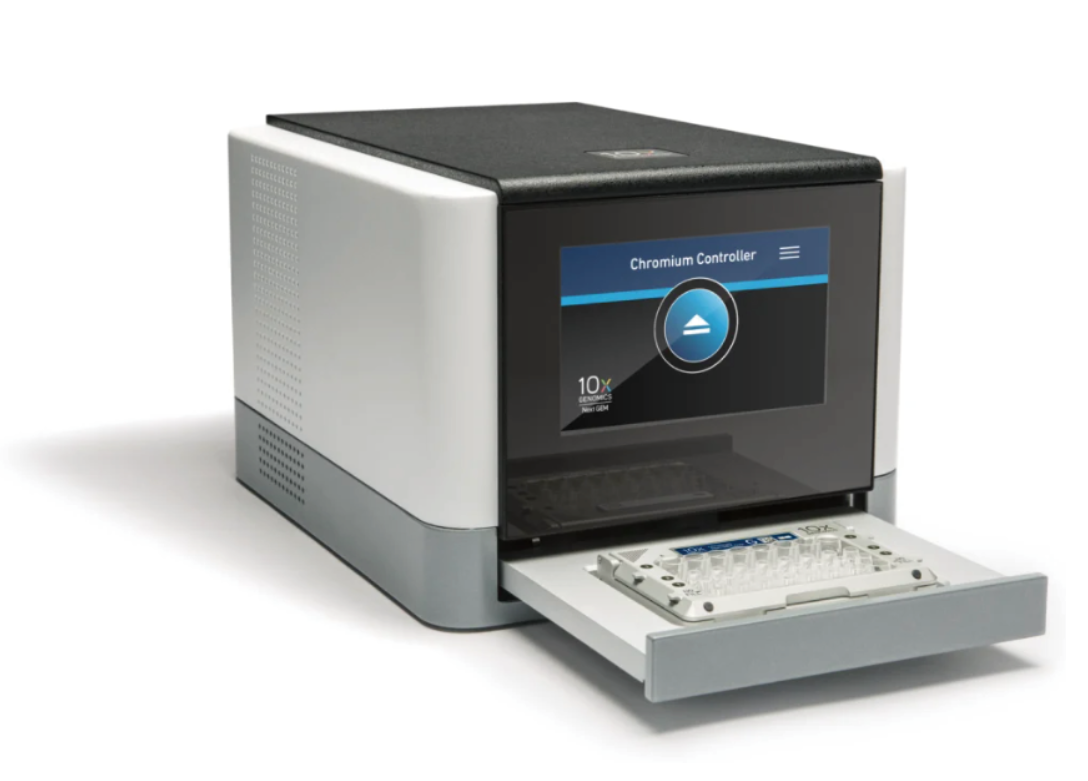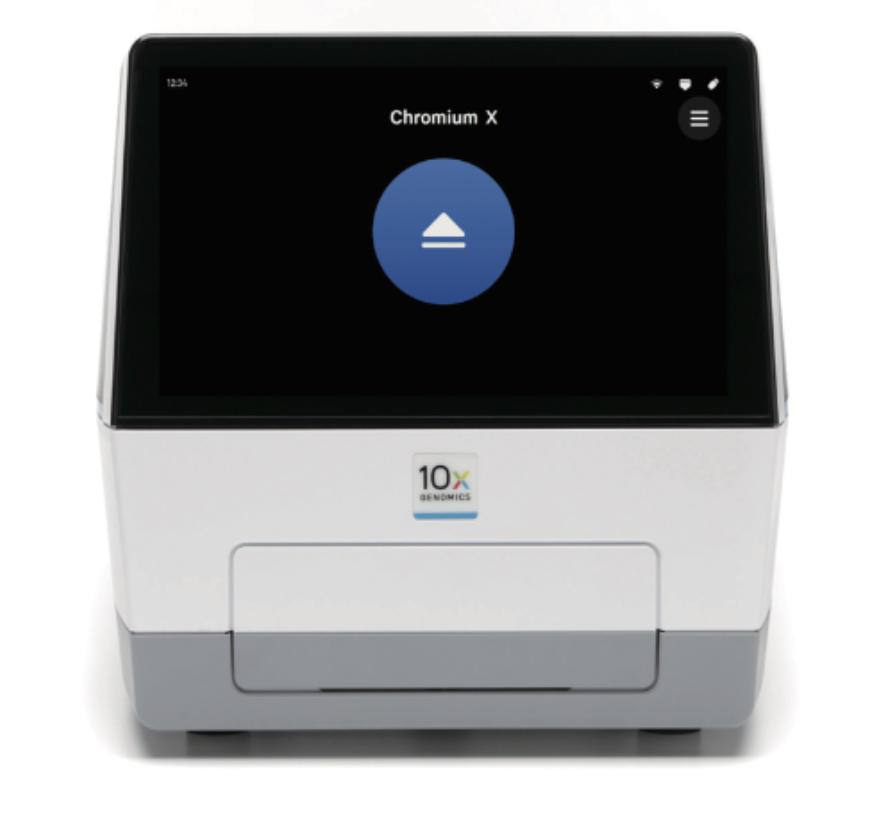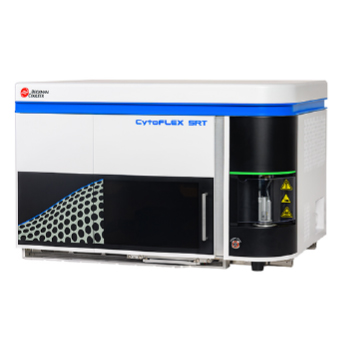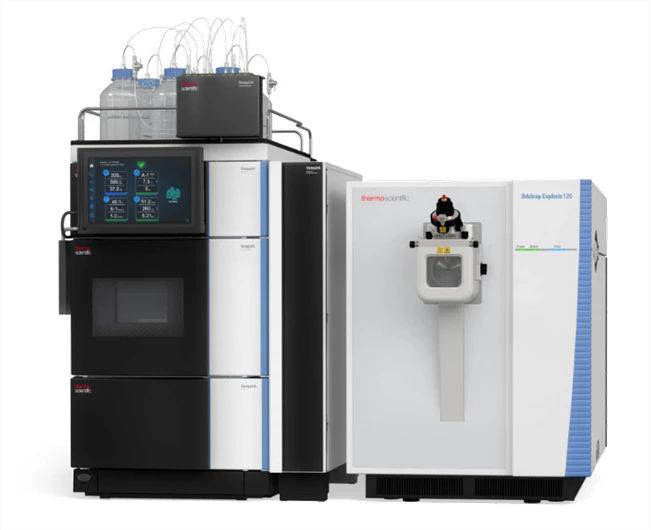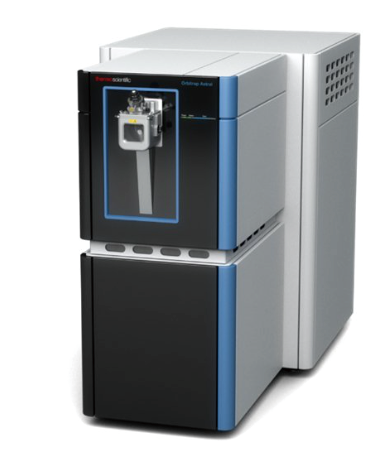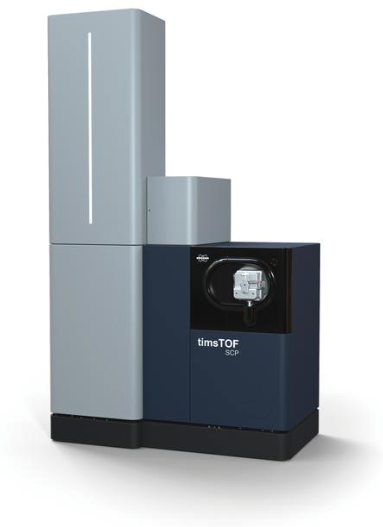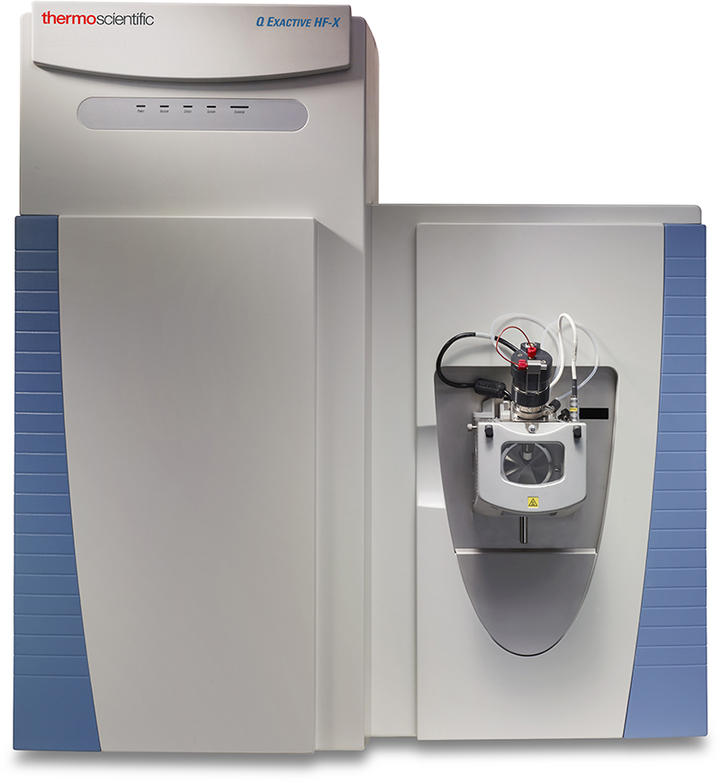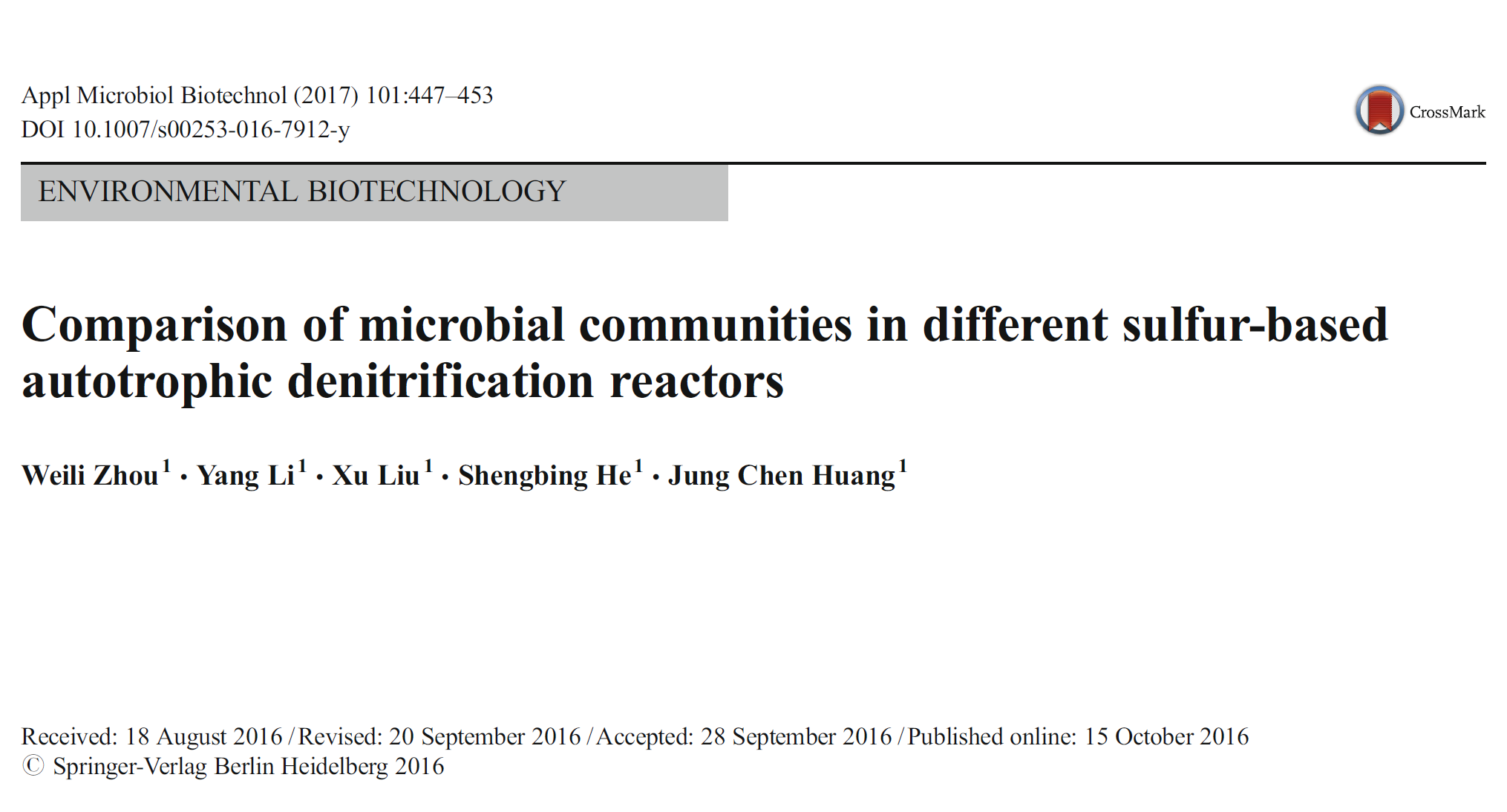
Abstract:
Sulfur-based autotrophic denitrification is a useful approach for the eutrophication control in lakes and rivers, yet the microorganisms in this process are still not clearly known. In order to reveal the bacterial composition in these denitrification reactors, high-throughput sequencing was performed over the sludge samples. And the results indicated that when using thiosulfate, elemental sulfur, and sulfide as electron donors, the microbial communities were clearly different. Besides the well-known Thiobacillus, many other genera of denitrifiers were identified. Chlorobaculum, Dechloromonas,and Acinetobacter were the most predominant genera in thiosulfate, elemental sulfur, and sulfide systems, respectively, while Janthinobacterium accounted for the most in the heterotrophic reactor with ethanol as electron donor. Thiobacillus existed abundantly in every system, even in the heterotrophic one. PCA comparison revealed that the microbial communities in the denitrification systems may vary greatly according to the electron donor, the running condition, sampling position, and other factors.



